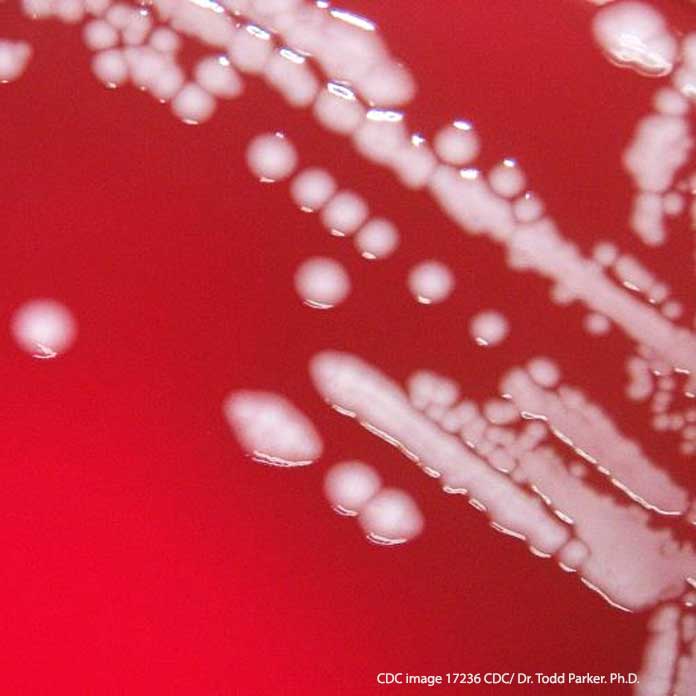Our law firm is investigating an outbreak of Elizabethkingia in Wisconsin. The species of the outbreak strain has been identified by the CDC to be Elizabethkingia anophelis.
To date, 59 people in Wisconsin have confirmed cases, and 18 of them have died. There is also one confirmed case each in Illinois and Michigan. Both of those people have died.
Wisconsin counties involved in the outbreak include the following:
Columbia, Dane, Dodge, Fond du Lac, Jefferson, Milwaukee, Ozaukee, Racine, Sheboygan, Washington, Waukesha and Winnebago.
This outbreak is not over, and the case count is expected to grow, according to the CDC, which is involved in the investigation.
Determining if a Patient is Part of the Elizabethkingia Outbreak
Testing on Elizabethkingia bacteria isolates obtained from patients is used to determine if a patient is part of the current outbreak. The isolates are obtained from the bloodstream and other sterile sites.
The Wisconsin State Laboratory of Hygiene (WSLH) initially tests the isolates at Wisconsin clinical microbiology laboratories. WSLH staff characterize these isolates using pulsed field gel electrophoresis (PFGE), a process that cuts up the DNA and then “pulses” it into a pattern.
As an aside, our lawyers are some of the few in the United States who have used PFGE evidence in hundreds of cases to get compensation and justice for their clients. We can work with you to get answers and hold all wrongdoers accountable. Contact us for a free consultation. We want to uncover evidence and find out why dozens of people were sickened.
Testing of these isolates has demonstrated that the vast majority of bloodstream and other sterile site isolates of Elizabethkingia have PFGE patterns that are indistinguishable. This pattern is referred to as PFGE pattern one and is the outbreak pattern.
If WSLH determines the PFGE pattern of an isolate has the outbreak pattern, the isolate of Elizabethkingia is shipped to the Centers for Disease Control and Prevention (CDC) for more extensive testing and confirmation that includes using optical gene mapping. This determines if the isolate is E. anophelis or E. meningoseptica, and provides geographical and other information about the islolate.
What if the Source is Not Found?
In some outbreaks the initial source of the outbreak is never found, but others in the chain of events may be liable. For example, a few years ago a compounding pharmacy sold medication administered by injection that was contaminated with mold. The result was hundreds of fungal infections that led to meningitis. The compounding pharmacy went bankrupt, and there was not money left to compensate our clients for the severe harm caused them by this product. Our investigation found that clinics that had administered this tainted product had arguably purchased it illegally. We then sued the clinics on behalf of our injured clients. The cases went from pure product liability to medical malpractice.
